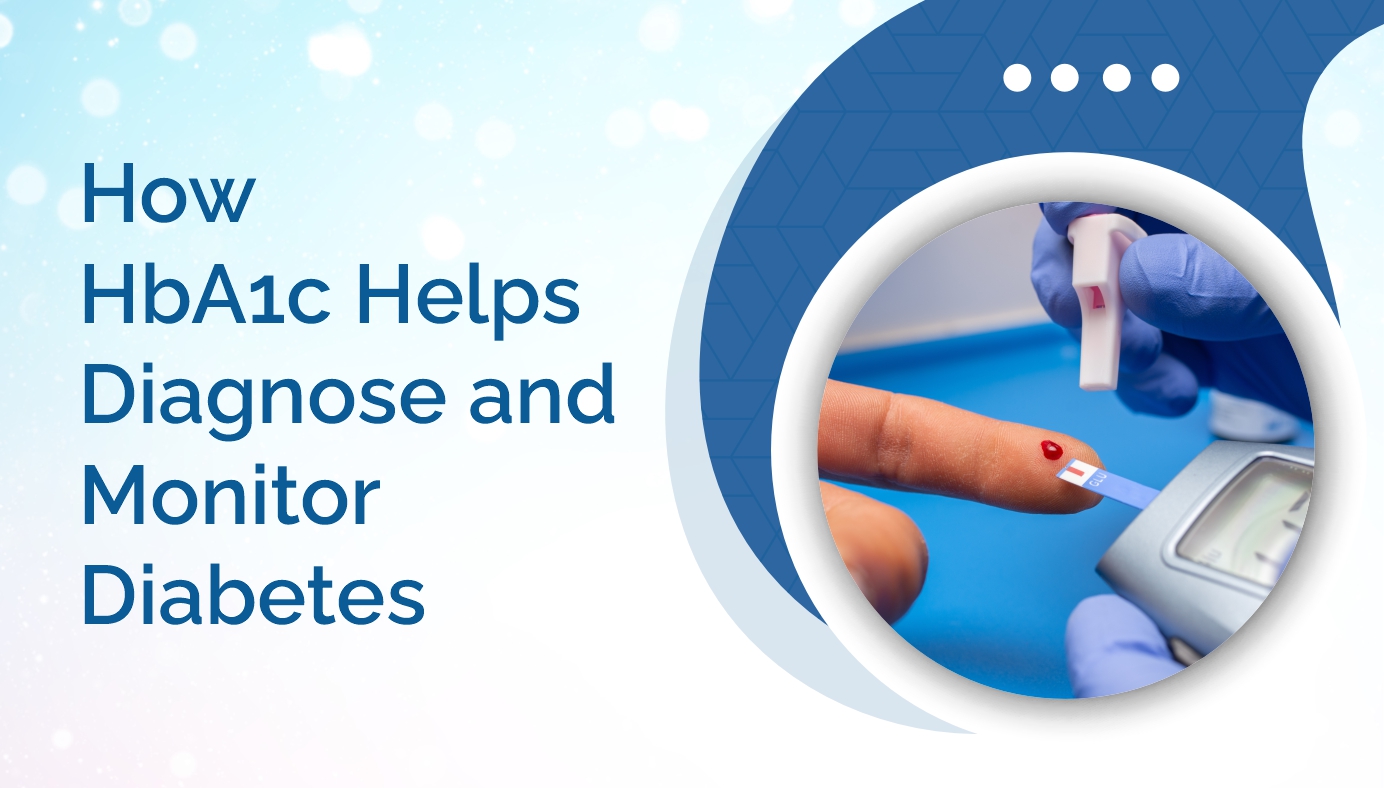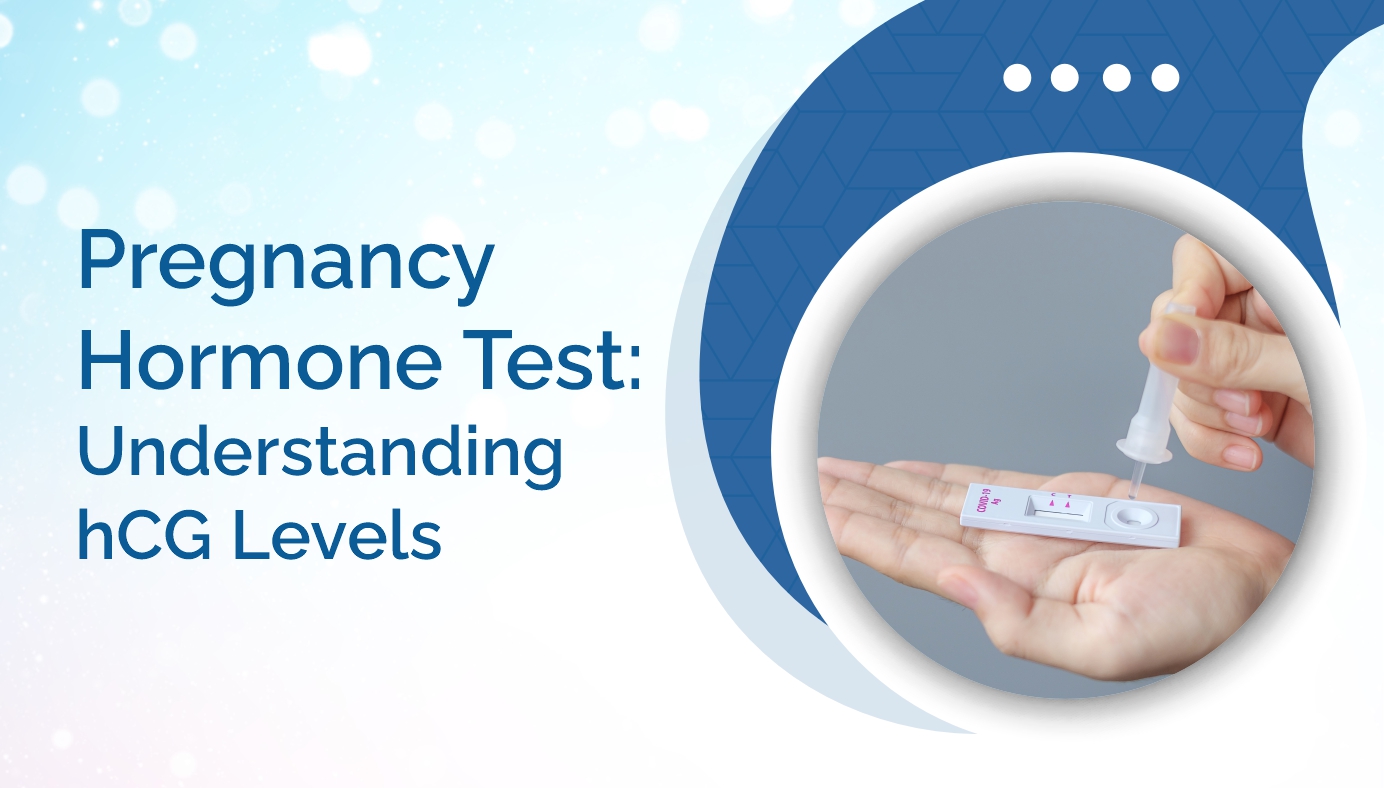


Condition
- Top tests
- Top tests
- Lifestyle Packages
- Infectious
- Preventive Health Checkup
- Diabetes
- Diabetes
- Preventive Health Checkup
- Top tests
- Top tests
- Heart Disease & Hypertension
- Lifestyle Packages
- Preventive Health Checkup
- Diabetes
- Diabetes
- Preventive Health Checkup
- Preventive Health Checkup
- Top tests
- Lifestyle Packages
- Diabetes
- Preventive Health Checkup
- Top tests
- Lifestyle Packages
- Diabetes
- Diabetes
- Diabetes
- Diabetes
- Diabetes
- Diabetes
- Preventive Health Checkup
- Preventive Health Checkup
- Diabetes
- Preventive Health Checkup
- Preventive Health Checkup
- Genomics
- Others
- Others
- Others
- Preventive Health Checkup
- Pulmonary / Infectious
- Diabetes
- Diabetes
- Others
- Preventive Health Checkup
- Others
- Preventive Health Checkup
- Top tests
- Others
- Genetics
- Others
- Gastrointestinal / Skeletomuscular
- Gastrointestinal / Skeletomuscular
- Others
- Others
- Others
- Others
- Others
- Others
- Others
- Others
- Others
- Others
- Others
- Others
- Others
- Others
- Others
- Others
- Others
- Others
- Others
- Others
- Others
- Others
- Others
- Others
- Others
- Others
- Others
- Others
- Others
- Others
- Others
- Others
- Others
- Others
- Others
- Others
- Others
- Others
- Others
- Others
- Others
- Others
- Others
- Others
- Others
- Others
- Others
- Others
- Others
- Others
- Others
- Others
- Others
- Others
- Others
- Others
- Others
- Others
- Others
- Others
- Others
- Others
- Others
- Others
- Others
- Others
- Top tests
- Top tests
- Top tests
- Top tests
- Top tests
- Top tests
- Top tests
- Top tests
- Top tests
- Preventive Health Checkup
- Top tests
- Top tests
- Top tests
- Top tests
- Blood Banking & Transfusion
- Lifestyle Packages
- Blood Banking & Transfusion
- Blood Banking & Transfusion
- Top tests
- Top tests
- Lifestyle Packages
- Diabetes
- Blood Banking & Transfusion
- Blood Banking & Transfusion
- Blood Banking & Transfusion
- Blood Banking & Transfusion
- Blood Banking & Transfusion
- Others
- Others
- Others
- Others
- Blood Banking & Transfusion
- Blood Banking & Transfusion
- Blood Banking & Transfusion
- Blood Banking & Transfusion
- Vitamin Deficiency
- Vitamin Deficiency
- Vitamin Deficiency
- Vitamin Deficiency
- Vitamin Deficiency
- Blood Banking & Transfusion
- Blood Banking & Transfusion
- Blood Banking & Transfusion
- Blood Banking & Transfusion
- Diabetes
- Diabetes
- Heart Disease & Hypertension
- Preventive Health Checkup
- Diabetes
- Preventive Health Checkup
- Preventive Health Checkup
- Diabetes
- Diabetes
- Heart Disease & Hypertension
- Top tests
- Heart Disease & Hypertension
- Diabetes
- Top tests
- Diabetes
- Heart Disease & Hypertension
- Lifestyle Packages
- Heart Disease & Hypertension
- Lifestyle Packages
- Heart Disease & Hypertension
- Heart Disease & Hypertension
- Lifestyle Packages
- Preventive Health Checkup
- Preventive Health Checkup
- Top tests
- Preventive Health Checkup
- Heart Disease & Hypertension
- Heart Disease & Hypertension
- Heart Disease & Hypertension
- Top tests
- Top tests
- Lifestyle Packages
- Heart Disease & Hypertension
- Heart Disease & Hypertension
- Top tests
- Heart Disease & Hypertension
- Preventive Health Checkup
- Diabetes
- Lifestyle Packages
- Heart Disease & Hypertension
- Top tests
- Heart Disease & Hypertension
- Heart Disease & Hypertension
- Diabetes
- Lifestyle Packages
- Preventive Health Checkup
- Diabetes
- Top tests
- Diabetes
- Allergy
- Heart Disease & Hypertension
- Diabetes
- Heart Disease & Hypertension
- Diabetes
- Lifestyle Packages
- Lifestyle Packages
- Top tests
- Preventive Health Checkup
- Lifestyle Packages
- Preventive Health Checkup
- Preventive Health Checkup
- Diabetes
- Top tests
- Heart Disease & Hypertension
- Preventive Health Checkup
- Top tests
- Heart Disease & Hypertension
- Lifestyle Packages
- Lifestyle Packages
- Diabetes
- Preventive Health Checkup
- Top tests
- Diabetes
- Top tests
- Preventive Health Checkup
- Preventive Health Checkup
- Preventive Health Checkup
- Diabetes
- Lifestyle Packages
- Lifestyle Packages
- Heart Disease & Hypertension
- Lifestyle Packages
- Heart Disease & Hypertension
- Lifestyle Packages
- Preventive Health Checkup
- Preventive Health Checkup
- Preventive Health Checkup
- Lifestyle Packages
- Top tests
- Lifestyle Packages
- Top tests
- Lifestyle Packages
- Top tests
- Diabetes
- Diabetes
- Others
- Blood Disorders
- Top tests
- Others
- Others
- Others
- Fever
- Fever
- Blood Disorders
- Blood Disorders
- Preventive Health Checkup
- Preventive Health Checkup
- Profile
- Kidney Disease
- Kidney Disease
- Diabetes
- Diabetes
- Heart Disease & Hypertension
- Preventive Health Checkup
- Lifestyle Packages
- Thyroid Disorder
- Diabetes
- Diabetes
- Diabetes
- Diabetes
- Diabetes
- Diabetes
- Diabetes
- Top tests
- Allergy
- Top tests
- Top tests
- Top tests
- Top tests
- Diabetes
- Top tests
- Diabetes
- Top tests
- Top tests
- Top tests
- Liver Disease
- Diabetes
- Top tests
- Vitamin Deficiency
- Top tests
- Top tests
- Liver Disease
- Top tests
- Top tests
- Top tests
- Anemia
- Anemia
- Anemia
- Diabetes
- Diabetes
- Anemia
- Top tests
- Top tests
- Top tests
- Preventive Health Checkup
- Thyroid Disorder
- Heart Disease & Hypertension
- Top tests
- Preventive Health Checkup
- Diabetes
- Heart Disease & Hypertension
- Top tests
- Fever
- Allergy
- Liver Disease
- Lifestyle Packages
- Heart Disease & Hypertension
- Top tests
- Arthritis
- Top tests
- Top tests
- Heart Disease & Hypertension
- Kidney Disease
- Preventive Health Checkup
- Allergy
- Top tests
- Lifestyle Packages
- Top tests
- Kidney Disease
- Top tests
- Lifestyle Packages
- Top tests
- Preventive Health Checkup
- Preventive Health Checkup
- Top tests
- Top tests
- Vitamin Deficiency
- Allergy
- Diabetes
- Top tests
- Top tests
- Top tests
- Top tests
- Heart Disease & Hypertension
- Allergy
- Top tests
- Preventive Health Checkup
- Top tests
- Top tests
- Infertility
- Top tests
- Lifestyle Packages
- Allergy
- Diabetes
- Heart Disease & Hypertension
- Lifestyle Packages
- Preventive Health Checkup
- Preventive Health Checkup
- Top tests
- Preventive Health Checkup
- Top tests
- Diabetes
- Top tests
- Infertility
- Top tests
- Thyroid Disorder
- Top tests
- Allergy
- Preventive Health Checkup
- Vitamin Deficiency
- Top tests
- Top tests
- Infertility
- Lifestyle Packages
- Diabetes
- Liver Disease
- Kidney Disease
- Vitamin Deficiency
- Top tests
- Heart Disease & Hypertension
- Heart Disease & Hypertension
- Top tests
- Heart Disease & Hypertension
- Heart Disease & Hypertension
- Heart Disease & Hypertension
- Infertility
- Heart Disease & Hypertension
- Vitamin Deficiency
- Vitamin Deficiency
- Arthritis
- Arthritis
- Top tests
- Top tests
- Lifestyle Packages
- Preventive Health Checkup
- Lifestyle Packages
- Preventive Health Checkup
- Vitamin Deficiency
- Top tests
- Lifestyle Packages
- Lifestyle Packages
- Preventive Health Checkup
- Top tests
- Preventive Health Checkup
- Top tests
- Heart Disease & Hypertension
- Infertility
- Top tests
- Top tests
- Preventive Health Checkup
- Lifestyle Packages
- Top tests
- PCOD
- Preventive Health Checkup
- Lifestyle Packages
- Preventive Health Checkup
- Top tests
- Fever
- PCOD
- Kidney Disease
- Top tests
- Top tests
- Preventive Health Checkup
- Preventive Health Checkup
- Liver Disease
- Thyroid Disorder
- Top tests
- Heart Disease & Hypertension
- PCOD
- Top tests
- Arthritis
- Preventive Health Checkup
- Kidney Disease
- Lifestyle Packages
- Top tests
- Allergy
- Top tests
- Top tests
- Diabetes
- Thyroid Disorder
- Preventive Health Checkup
- Top tests
- Lifestyle Packages
- Preventive Health Checkup
- Top tests
- Kidney Disease
- Liver Disease
- Infertility
- Top tests
- Anemia
- Top tests
- Top tests
- Top tests
- Preventive Health Checkup
- Bone Health
- Cancer
- Fatty Liver

Tests
The onset of a fever can send even the most experienced parents into a frenzied cycle of worry and care. A single metric, the body's temperature, can be a strong indication that our body is fighting off an infection or illness of some sort. But what about when the fever doesn't break, or when other symptoms emerge that hint at something more sinister than a common cold? This is where fever profile tests come into play, shining a light on the type and severity of underlying infections or diseases.
Fever profile tests are instrumental in the early detection of potential health issues. When your child - or you - runs a fever, the first question that usually comes to mind is whether it's caused by a viral infection that requires time and rest-as-treatment or a bacterial one that might necessitate antibiotics. Furthermore, fever profile tests are crucial for monitoring the effectiveness of any prescribed treatments over the course of an illness or to ensure there are no lingering or recurring issues.
Detecting Underlying Infections
A persisting or recurring fever could suggest that the initial diagnosis was incorrect or that there's a secondary infection complicating the primary illness. Fever profile tests, in these cases, can pinpoint the root cause, ensuring proper treatment is administered and preventing potentially severe complications.
Differentiating Between Viral and Bacterial Illnesses
Effective treatment depends on the type of illness, which is where fever profiles tests come in. By identifying the presence of either viruses or bacteria, physicians can tailor a treatment plan that not only addresses the cause but does so without overusing antibiotics, which can lead to drug-resistant strains of bacteria.
Monitoring Treatment Effectiveness
It can be reassuring to see a fever start to subside after treatment. However, it's important to confirm that the underlying condition is truly under control. Monitoring through fever profile tests can give a more concrete indication that treatment is working as expected.
Common Types of Fever Profile Tests
Fever profile tests encompass a range of diagnostic approaches, each appropriate for different scenarios and infections.
1) Blood Tests: Known as a complete blood count (CBC) with differential, a blood test can reveal important information about the types and number of blood cells in the body. High white blood cell counts, for instance, can be indicative of an infection, while other imbalances may suggest that the body is mounting an immune response to fight off an invader.
2) Urine Tests: Urine can reveal a wealth of information about the body's health. When it comes to fevers, urine tests can detect urinary tract infections (UTIs) and kidney infections, which are common culprits behind many childhood fevers. Tests like urinalysis can show the presence of white blood cells, protein, or glucose in the urine, which could signify an underlying issue.
3) Imaging Tests: When fever profile tests raise concern but don't point to a specific diagnosis, imaging tests such as X-rays, CT scans, or MRIs can help provide a more detailed view of what's happening inside the body. These tests are typically used when there's a suspicion of an infection in the chest or an area that’s not easily accessible or seen from external exams.
Interpreting Fever Profile Test Results
Understanding the data from fever profile tests can be complex. It entails knowing the normal ranges for different metrics and recognizing when results fall outside them, indicating a problem. However, it's important to remember that not all deviations from the norm signify a severe issue and could be due to other factors such as dehydration or certain medications.
Normal Ranges
Each diagnostic test has its own standard ranges, and it's essential to know these to interpret results accurately. For example, the normal range for white blood cell count in a CBC for adults is approximately 4,500 to 10,000 cells per microliter. Similarly, levels of C-reactive protein (CRP), which can be indicative of inflammation, should be below 10 milligrams per liter for children.
Abnormal Results and Potential Implications
Elevated levels of certain blood cells, such as neutrophils, and high CRP can suggest bacterial infections, while elevated lymphocytes counts may indicate a viral infection. In urinalysis, the presence of nitrites and leukocyte esterase could mean a UTI. It’s the combination of test results that often lead to the most accurate diagnosis, as no single test is infallible.
When to Seek Medical Advice?
Fevers and the subsequent fever profile tests can be unnerving, but knowing when to take action is critical for your health and that of your family. Some fevers or related test results require immediate medical attention, so staying vigilant is essential.
Warning Signs: In infants, a high fever combined with irritability, refusal to eat, or unusual lethargy could signal a serious infection, and prompt medical care is recommended. For children and adults, difficulty breathing, chest pain, a rash, severe headache, or confusion should also lead you to seek emergency medical help.
Consulting Healthcare Professionals
Even if there are no immediate red flags, persistent fevers or worsening symptoms should prompt a call to your healthcare provider. They can help you determine if medical intervention is necessary based on the results of fever profile tests and a comprehensive assessment of the patient's health history and symptoms.
Conclusion
Fever profile tests are invaluable tools in the healthcare setting, aiding in the diagnosis and monitoring of a wide range of infections and diseases. By understanding their purpose and implications, you can engage in proactive management of your health and that of your family. Remember, early intervention is often key to a quick and successful recovery, and these tests can play a major role in that process. However, they are just the beginning of the conversation with your healthcare provider. Keep an open line of communication, and work together with them to ensure the best care possible.
Stay informed, stay proactive, and remember that healthcare decisions should be made in consultation with professionals who can provide personalized advice based on your unique circumstances. With this knowledge, you can approach fevers with a bit more clarity and a lot less anxiety.
WANT TO BOOK HEALTH CHECKUP ?
Categories
Top tests
107
Lifestyle Packages
39
Infectious
1
Preventive Health Checkup
59
Diabetes
54
Heart Disease & Hypertension
38
Genomics
1
Others
81
Pulmonary / Infectious
1
Genetics
1
Gastrointestinal / Skeletomuscular
2
Blood Banking & Transfusion
16
Vitamin Deficiency
12
Allergy
9
Blood Disorders
3
Fever
4
Profile
1
Kidney Disease
8
Thyroid Disorder
5
Liver Disease
6
Anemia
5
Arthritis
4
Infertility
6
PCOD
3
Bone Health
1
Cancer
1
Fatty Liver
1
Recent Blogs
Coagulation Profile (PT, aPTT): Understanding Blood Clotting Tests
Hemostasis, widely known as blood clotting, is a sophisticated physiological process that...
30-12-2025
How HbA1c Helps Diagnose and Monitor Diabetes
Managing diabetes effectively requires consistent monitoring of blood sugar levels. While...
30-12-2025
Pregnancy Hormone Test: Understanding hCG Levels
Seeing those two pink lines or a flashing "Pregnant" on a digital display is a life-changing...
29-12-2025





.jpg)

